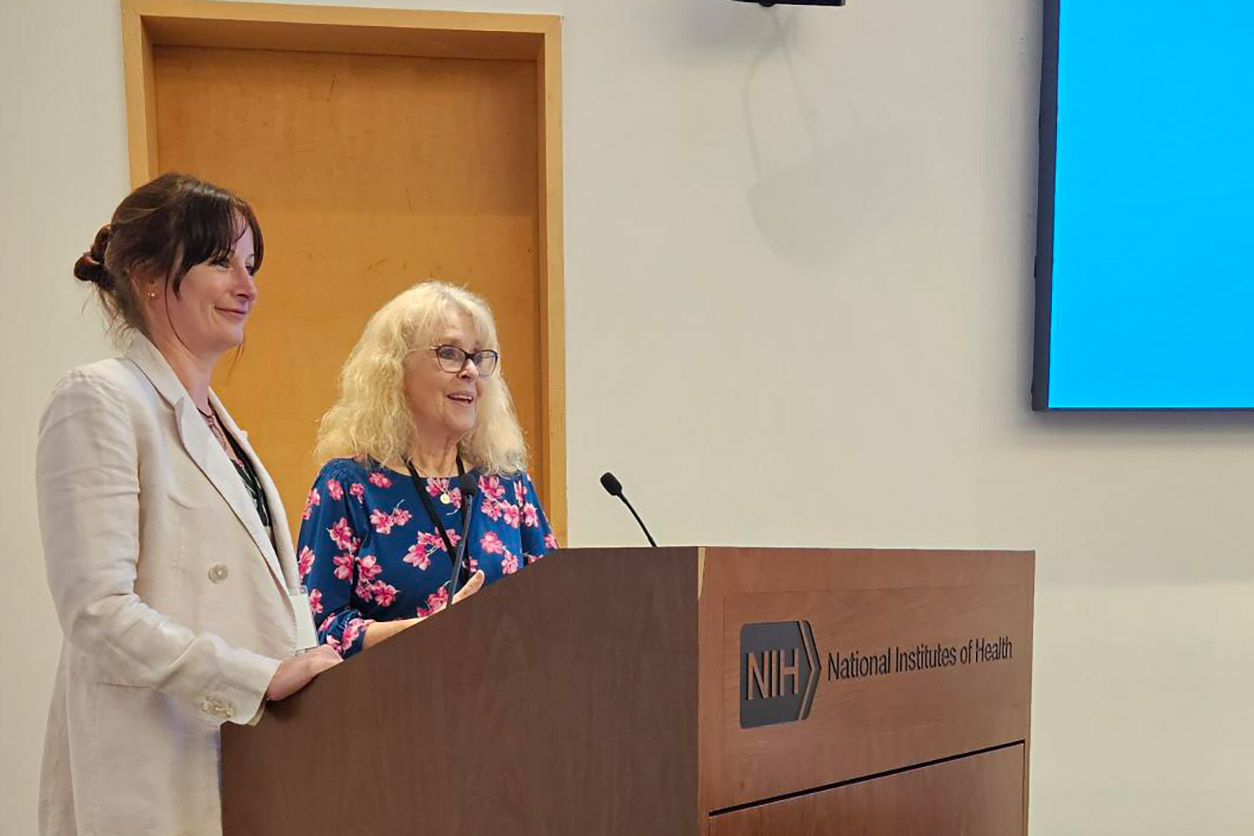Fitness
Public forum highlights collaborations to replace animal testing

Federal agencies and their stakeholders discussed initiatives to reduce animal use in research and chemical safety testing at a public forum convened by the Interagency Coordinating Committee on the Validation of Alternative Methods (ICCVAM) May 20-21 at the National Institutes of Health (NIH) in Bethesda, Maryland.
ICCVAM members include 17 federal agencies, such as NIEHS, U.S. Environmental Protection Agency, and U.S. Food and Drug Administration (FDA). The committee receives support from the National Toxicology Program Interagency Center for the Evaluation of Alternative Toxicological Methods (NICEATM) at NIEHS.
This two-day event featured 15 presentations from seven ICCVAM member agencies on activities directed toward reducing or replacing animal use, as well as updates on ICCVAM workgroups and international activities.
NIEHS collaborations highlighted
Five NIEHS scientists showcased projects to replace animal testing with human-relevant, nonanimal alternatives for a variety of testing contexts.
In an update on projects within the Division of Translational Toxicology (DTT) Carcinogenicity Health Effects Innovation Program, Warren Casey, Ph.D., emphasized the importance of human data in the development of human-relevant alternatives.
“We need to be able to use human-relevant approaches to predict human toxicity,” he commented.
Casey’s presentation focused on NIEHS’ participation in the Project for Military Exposures and Toxin History Evaluation in U.S. Service Members, which is making human samples and medical records available to researchers investigating cancer and carcinogens.
NIEHS’ collaboration was also highlighted by toxicologist Cynthia Rider, Ph.D., who reported on DTT’s participation in the Botanical Safety Consortium. This group is addressing the challenges of testing mixtures with nonanimal new approach methodologies, or NAMs.
“NAM testing platforms have been developed and optimized for use with single chemicals,” Rider noted. “So, when we think about putting complex mixtures in these systems, we have more challenges to overcome.”
Broad interest and stakeholder engagement
The meeting generated broad public interest, with more than 100 individuals viewing online each day of the meeting, in addition to approximately 40 people attending in person.
Representatives of 12 organizations from the U.S. and Europe shared public comments, more than at any previous public forum. The comments ranged from general suggestions about areas of focus for ICCVAM to specific discussions on the status of replacing animals for endpoints, such as inhalation toxicity or developmental neurotoxicity.

Jessica Ryman, Ph.D., representing the American Chemistry Council, commented on the growing importance of artificial intelligence (AI) in toxicology and encouraged ICCVAM to play an active role in this area.
“Managing the convergence of toxicology and AI is going to take the involvement of the entire regulatory scientific community,” she noted. “We ask ICCVAM to identify opportunities for meaningful engagement with all stakeholders in what we expect to be a very large transition in our field.”
Several commenters congratulated ICCVAM on a productive year, noting in particular the recent publication of its document, “Validation, Qualification, and Regulatory Acceptance of New Approach Methodologies.” Commenting on behalf of People for the Ethical Treatment of Animals, Amy Clippinger, Ph.D., encouraged application of the principles described in the document in the testing of medical devices and sunscreens.
Slides and video from the meeting are available on the National Toxicology Program website.
(Catherine Sprankle is a communications specialist for Inotiv, the contractor supporting NICEATM.)










